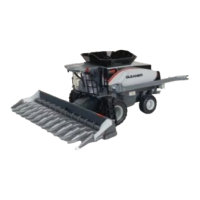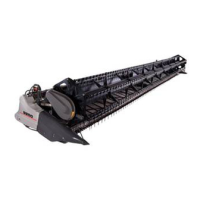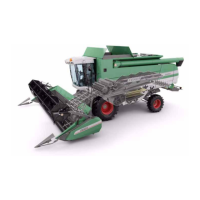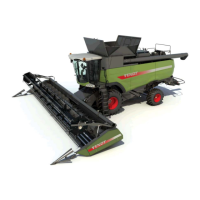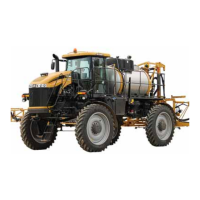OPERATION
RESIDUE MANAGEMENT PLANNING
Residue management is the most commonly used method of protecting our valuable topsoil from wind and
water erosion. Tables 1 and 2 (next page) will assist in planning desired residue levels.
Each tillage or planting operation leaves a percent of the residue that was present just prior to the operation.
The number in Table 2 represents the remaining percentages.
Many factors effect the amount of residue left after a pass with a tractor and tillage or planting equipment.
Residue levels are sensitive to depth, speed and row spacing. When selecting values from the ranges,
consider these general rules of thumb:
•
At shallower operating depths, greater amounts of residue are left on the surface, while at deeper
depths, more residue is buried.
•
Slower operating speeds tend to leave more residue on the surface while at faster speeds, more residue
is buried.
•
Under some conditions shank type, secondary tillage equipment and some planters and drills may
return as much as 20% of the residue incorporated at shallow depths by recent previous operations.
•
Excess wheel slippage caused by improper ballasting of tractor tires can destroy valuable residue in the
wheel tracks.
•
Use the figures in Table 2 as a guide in selecting tillage operations.
• Measure and record (p. 18) the actual amount of residue after harvest, after each tillage and planting
operation and make adjustments accordingly.
17

